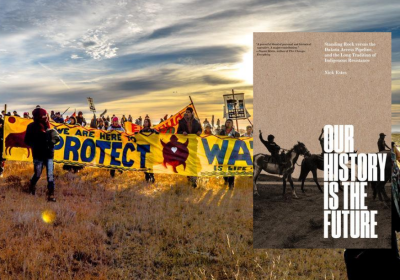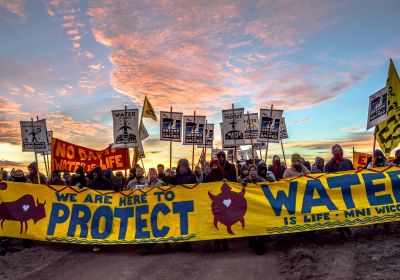
Indigenous scholar and activist Nick Estes’ book, Our History is the Future, provides a vivid account of the movement to halt Dakota Access Pipeline, writes Simon Butler.

Indigenous scholar and activist Nick Estes’ book, Our History is the Future, provides a vivid account of the movement to halt Dakota Access Pipeline, writes Simon Butler.

The Standing Rock Sioux Tribe recently won a major legal victory in federal court which may have the power to force the shutdown of the $3.8 billion Dakota Access pipeline.